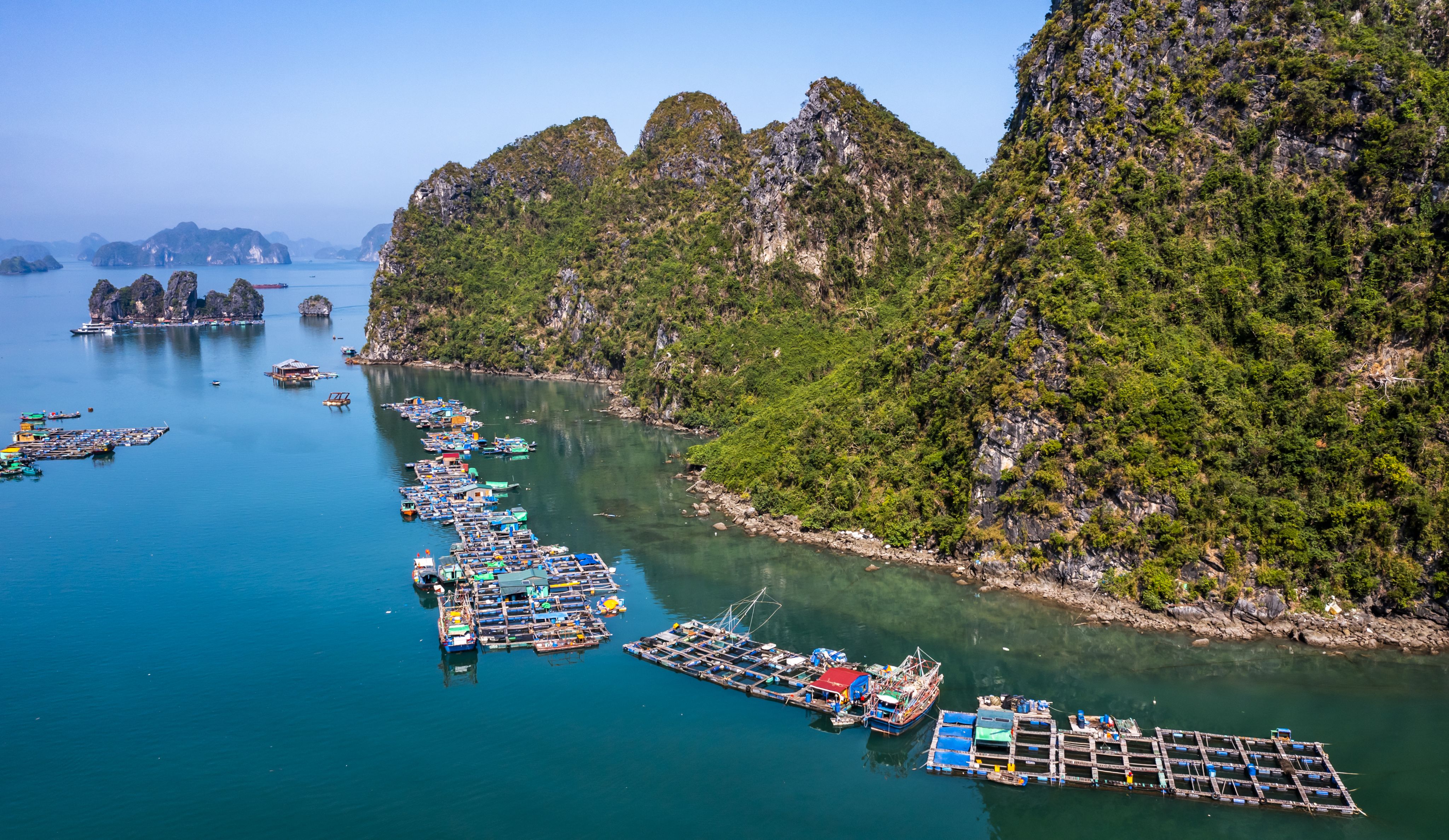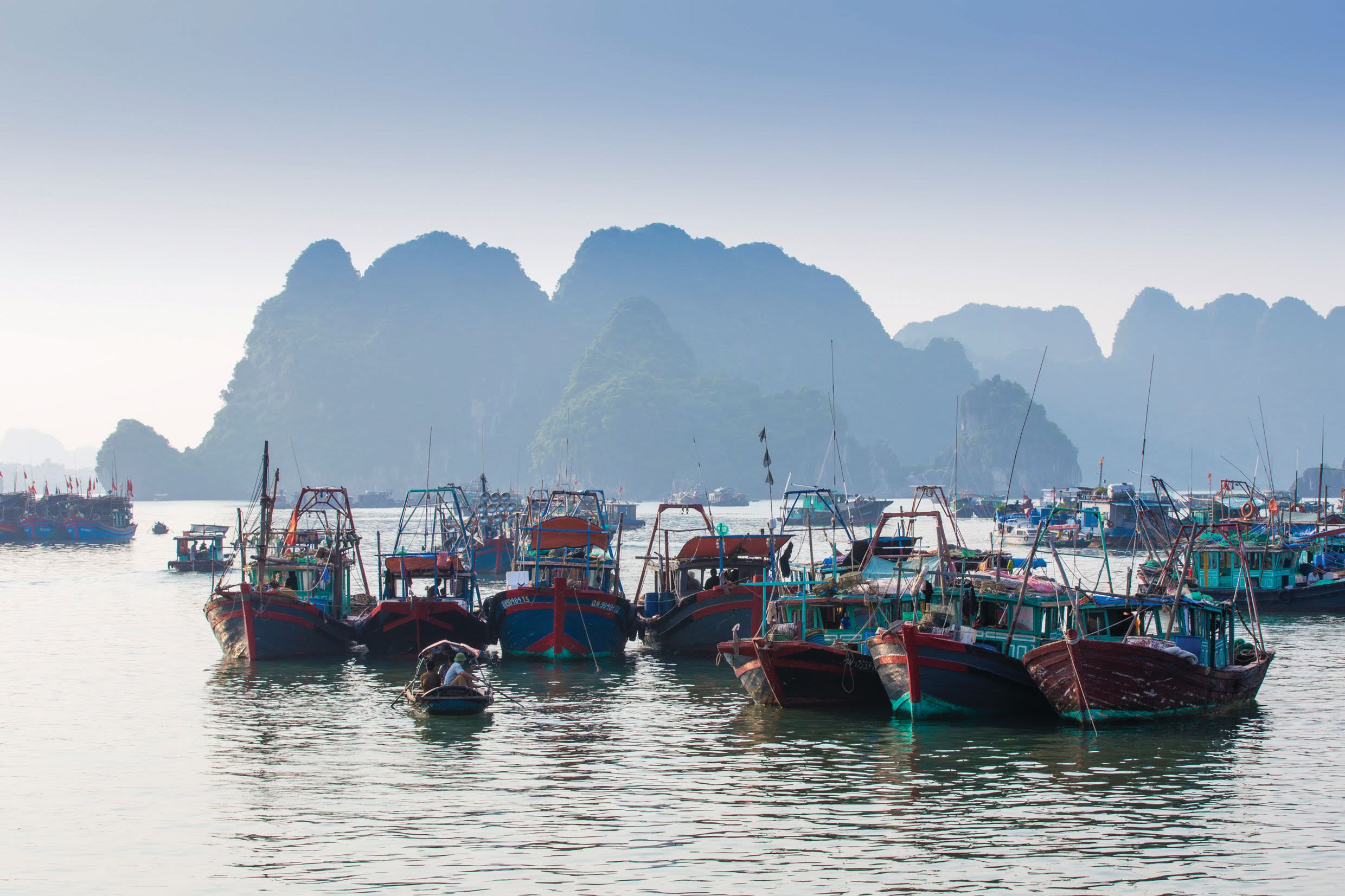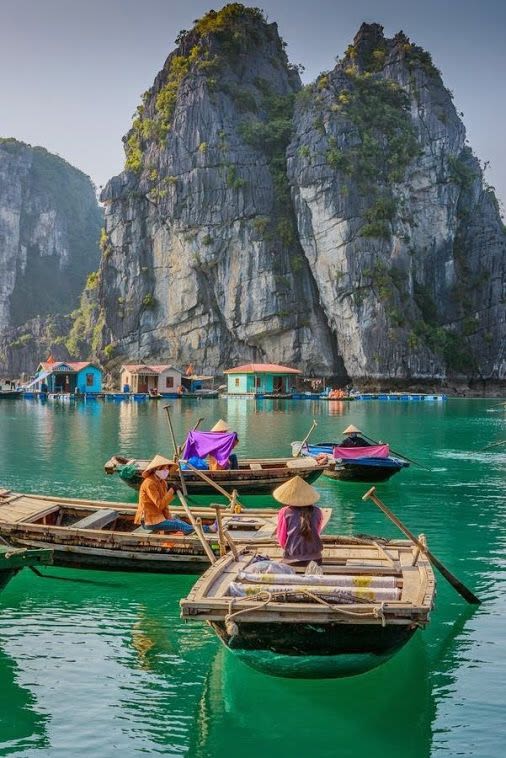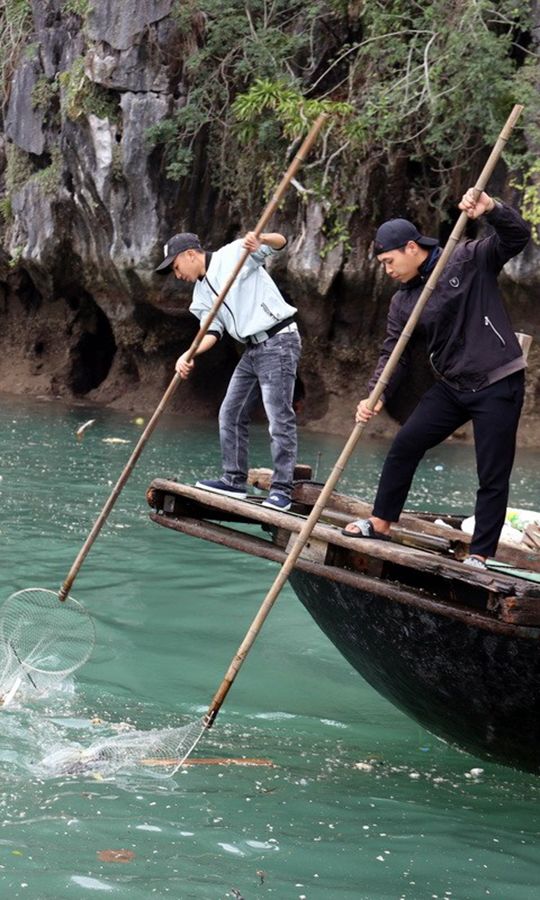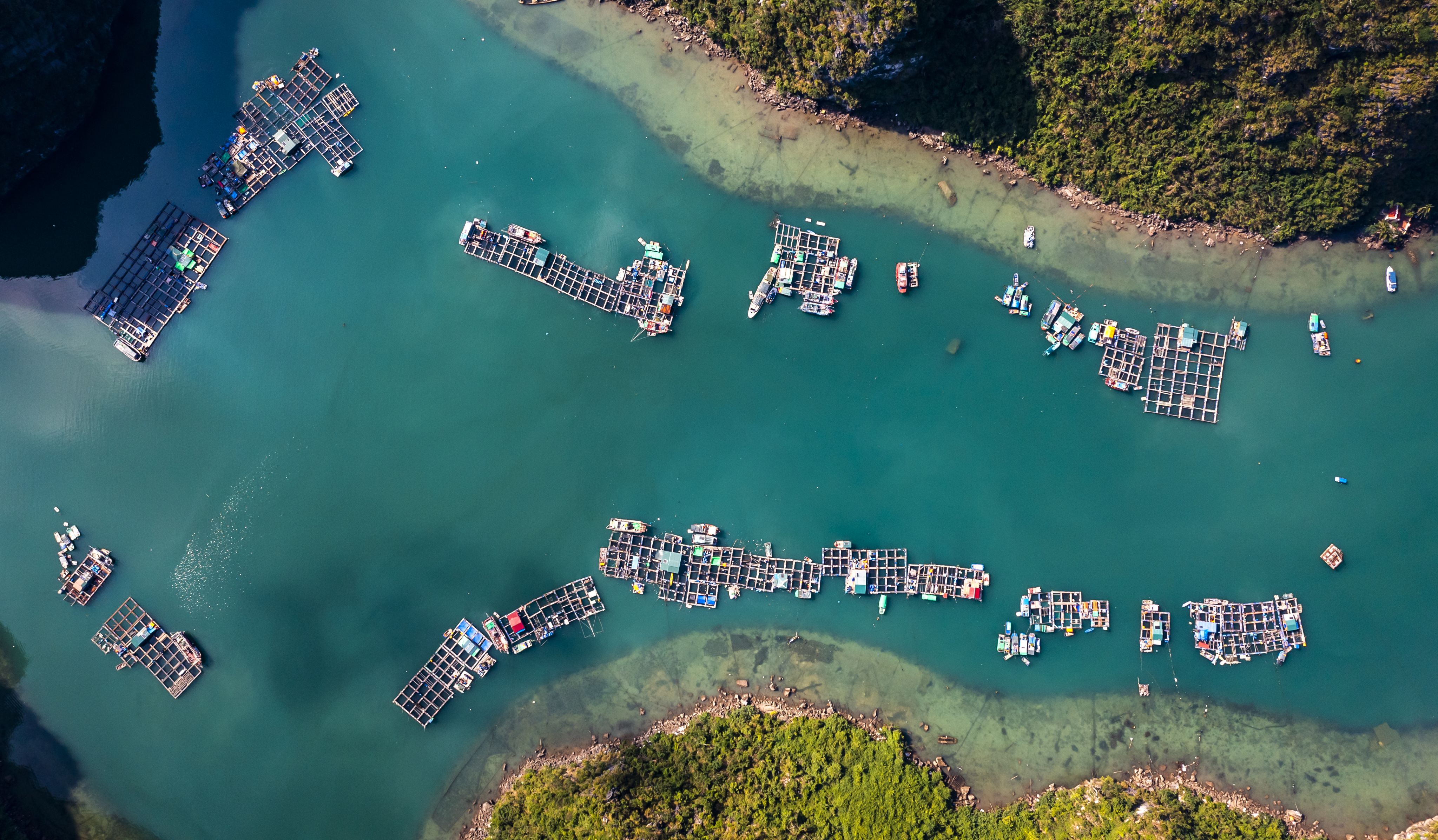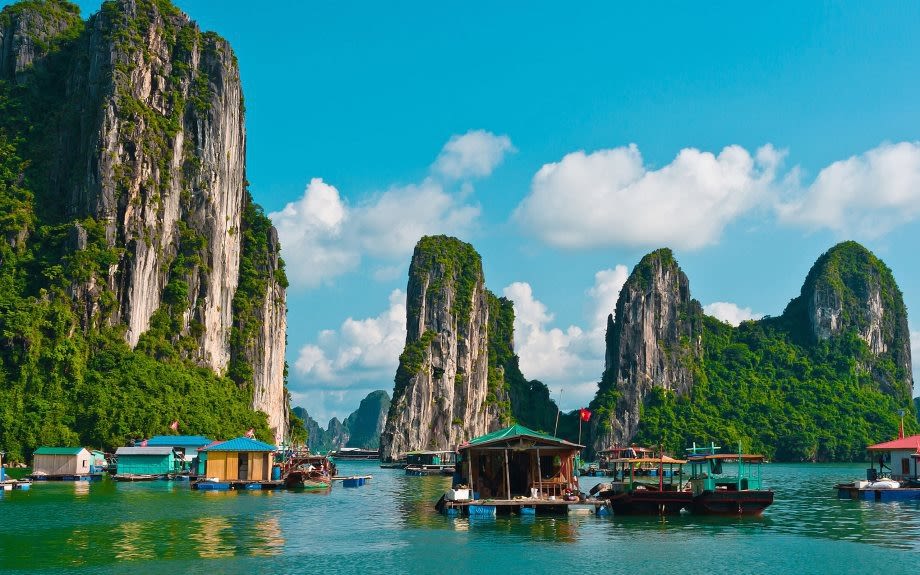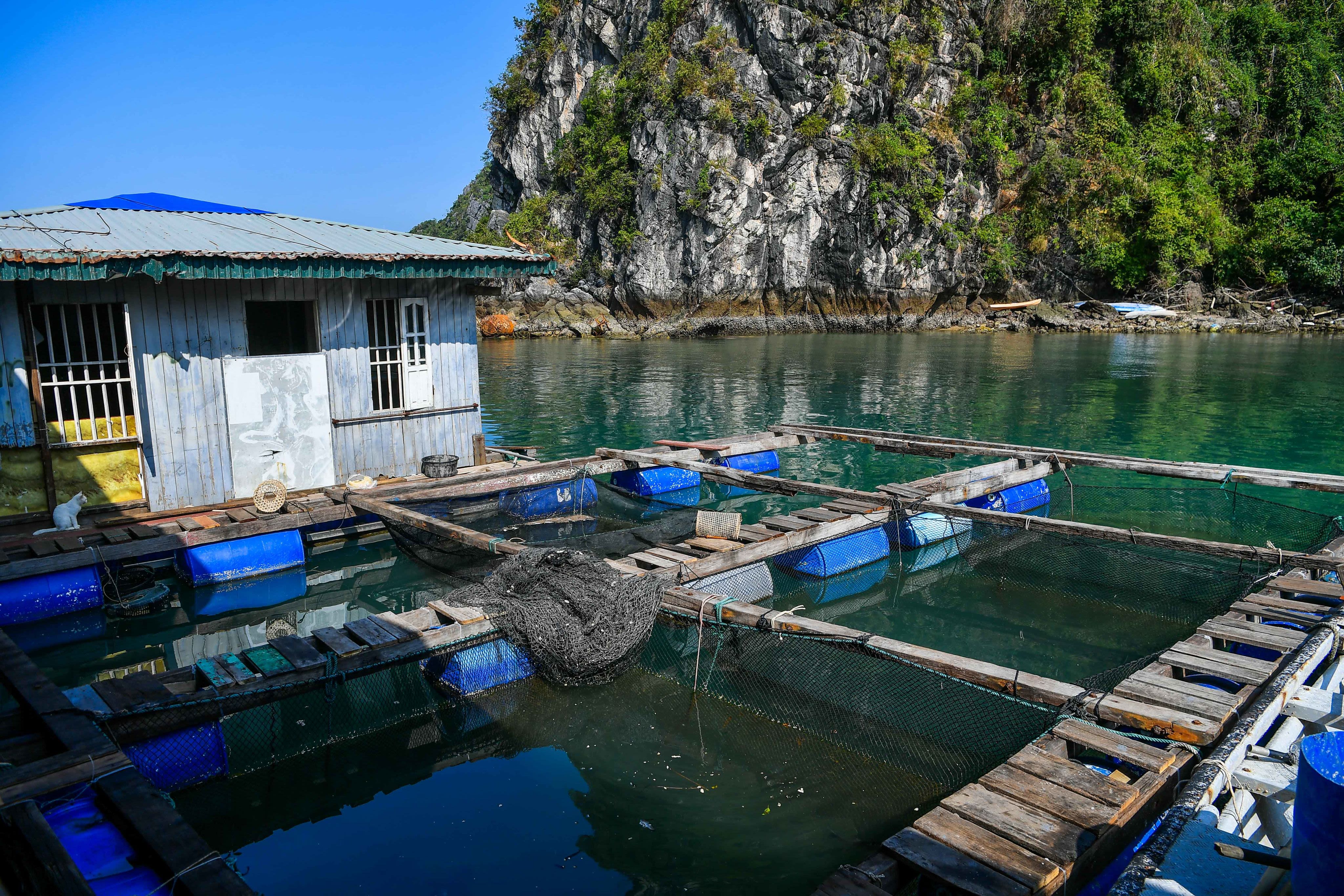UNESCO:
Ha Long Bay is an exemplary model preserving world natural heritage
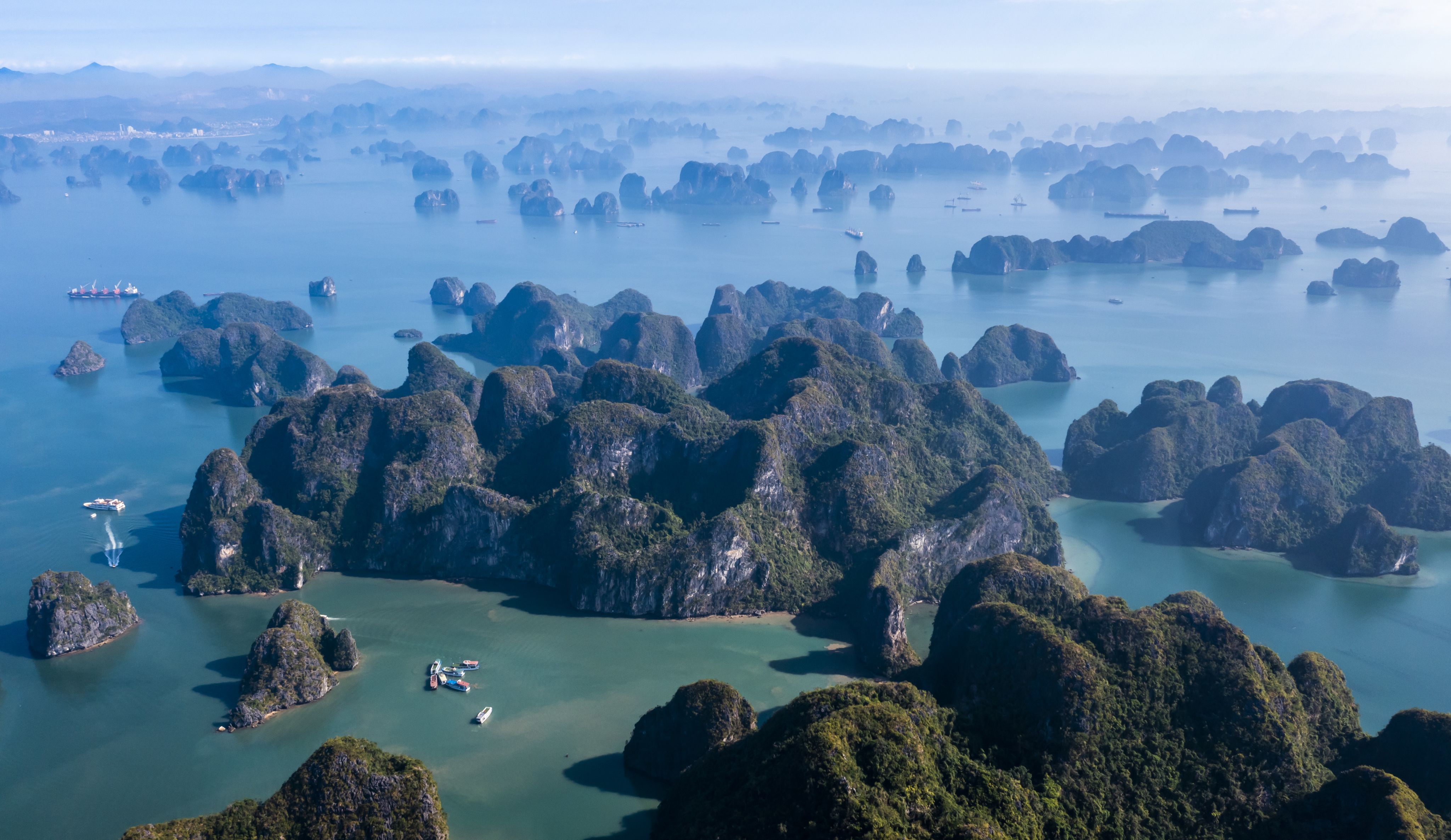
“Compared to other countries, Vietnam stands out in its innovative stakeholder engagement and prioritising conservation that ensures long-term sustainability”, UNESCO Representative to Vietnam Jonathan Baker affirmed Vietnam’s 30-year journey of preserving the world natural heritage site of Ha Long Bay.
On the occasion of the 30th anniversary of Ha Long Bay being recognised as a World Natural Heritage Site (1994-2024), Nhan Dan Newspaper reported conducted an interview with Jonathan Baker, UNESCO Representative in Vietnam. He shared his assessments of the achievements in heritage conservation efforts and provided recommendations for Vietnam in developing a sustainable heritage conservation strategy.
UNESCO Representative to Vietnam Jonathan Baker
UNESCO Representative to Vietnam Jonathan Baker

Vietnam stands out in its innovative stakeholder engagement and sustainable conservation
Q: It has been 30 years since Ha Long Bay was designated a World Heritage Site by UNESCO in 1994, and the bay is being effectively managed, preserved and promoted as. It has also become a valuable heritage of the country, particularly in Quang Ninh province. What do you think about the efforts of Quang Ninh province to preserve Ha Long Bay?
A: Over the past 30 years, Quang Ninh Province has showcased a remarkable commitment to preserving Ha Long Bay's Outstanding Universal Values (OUV). Through comprehensive management strategies and the integration of heritage conservation into development policies, the province has elevated Ha Long Bay into a globally recognised symbol of Vietnam's natural and cultural identity.
Collaboration with UNESCO and international experts has played a pivotal role in adopting integrated management practices aligned with global conservation standards. These efforts have not only protected the site but also positioned it as a cornerstone of sustainable economic growth, with tourism serving as a key driver.
Collaboration between provincial authorities and local communities, as well as adherence to UNESCO guidelines, sets a benchmark for other regions.
Q: What is the role and importance of Ha Long Bay to the current world natural heritage network?
A: Ha Long Bay is an iconic site in the World Natural Heritage Network, showcasing the interplay of geological processes and unique biodiversity.
The heritage site is a symbol of outstanding natural beauty and geological significance, featuring thousands of limestone karsts and islets sculpted over millions of years. It is also home to diverse ecosystems, including unique marine species, contributing to global biodiversity conservation efforts.
This site has not only natural values but is also intertwined with the cultural heritage of local communities, demonstrating the harmonious relationship between people and nature.
It serves as an inspiration for conservation models worldwide, particularly in Southeast Asia.
Its recognition as a World Heritage site underscores the critical role of international cooperation in preserving nature’s wonders, fostering cross-border conservation initiatives, and enhancing awareness of heritage preservation globally.
Q: Quang Ninh has developed a new master plan for the long-term management and conservation of Ha Long Bay, which will be adjusted annually to avoid destroying mountains and reclaiming the sea. In particular, Quang Ninh province has ensured social security goals while preserving the cultural values of fishing villages for professional community-based tourism purposes, with the participation of heritage conservation. How does UNESCO evaluate Vietnam's work in preserving Ha Long Bay's heritage? Compared to the way other countries protect world natural heritages, what best practices do you see in Vietnam?
A: UNESCO views Vietnam’s dedication to Ha Long Bay as exemplary. The integration of annual adjustments to the master plan reflects a dynamic approach, prioritising conservation while promoting sustainable development.
Local communities are central to Vietnam’s conservation efforts. By integrating cultural heritage into tourism activities, the Ha Long Bay Management Board has not only preserved traditional practices but also fostered a shared sense of responsibility for protecting the site. Social security measures and the preservation of fishing villages highlight Vietnam's focus on balancing cultural values with community well-being.
UNESCO views Vietnam’s dedication to Ha Long Bay as exemplary in the conservation of world natural heritage.
The promotion of eco-tourism has become a driving force for economic growth, stimulating sustainable development while ensuring the protection of biodiversity and ecosystem health. These efforts underline the harmonious relationship between conservation and socio-economic progress.
Compared to other countries, Vietnam stands out in its innovative stakeholder engagement and prioritising conservation that ensures long-term sustainability.
Limiting mass tourism and focusing more on environmental protection tourism activities be a direction for Ha Long Bay Bay in particular and world natural heritage sites, in general.
The community, especially indigenous people, plays a vital role preserving Ha Long Bay.
Q: In terms of exploiting and promoting heritage values, Vietnam in general and Quang Ninh province in particular have many tourism promotion programmes with many new tourism products to attract domestic and foreign tourists. In your opinion, has the way of preserving and promoting the heritage of Ha Long Bay followed UNESCO's criteria?
A: Vietnam and Quang Ninh Province have made significant strides in aligning heritage preservation and promotion based on UNESCO’s criteria.
Their willingness to address the challenges posed by rapid urbanisation and tourism development demonstrates their commitment to maintaining the authenticity and integrity of the site.
UNESCO’s criteria emphasises the need for integrated management and stakeholder engagement to ensure a sustainable approach that is reflected throughout the tourism value chain to safeguard the site’s natural and cultural values.
Local communities play an active role in tourism activities, promoting cultural heritage and gaining economic benefits.
However, continuous monitoring and adaptation are essential to ensure that tourism activities do not compromise the outstanding universal value of Ha Long Bay.
Q: In order to manage Ha Long Bay well, in addition to human resources, the role of the community members is very important. How do you evaluate the role of the community, particularly the indigenous people – the subjects of preserving and promoting the values of the heritage?
A: The community, particularly indigenous people, plays a vital role in preserving Ha Long Bay. Their deep knowledge of local ecosystems, traditions, and sustainable practices is invaluable to effective heritage management.
Community-based tourism initiatives that actively engage indigenous people in guiding and showcasing cultural activities have safeguarded traditional livelihoods and enriched the visitor experience, fostering a deeper connection between tourists and the heritage site.
Q: In your opinion, should limiting mass tourism and focusing more on environmental protection tourism activities be a direction for Ha Long Bay in particular and world natural heritage sites, in general, to exploit the heritage in a harmonious and sustainable way?
A: Limiting mass tourism and focusing on sustainable tourism activities should be a priority for Ha Long Bay and other world heritage sites.
By prioritising quality over quantity, Vietnam can protect the bay's natural landscapes and biodiversity while creating unique, immersive experiences for visitors.
The management of Ha Long Bay should be strengthened with additional resources to improve oversight and conservation.
Visitors must take responsibility for protecting and conserving heritage sites, which can be achieved through targeted communication and education about responsible tourism.
Adopting sustainable approaches and well-defined solutions enables Ha Long Bay to serve as a model for other localities nationwide.
Policies such as restricted access to sensitive areas, eco-tourism certification for operators, and incentivising low-impact tourism will ensure the site’s long-term sustainability.
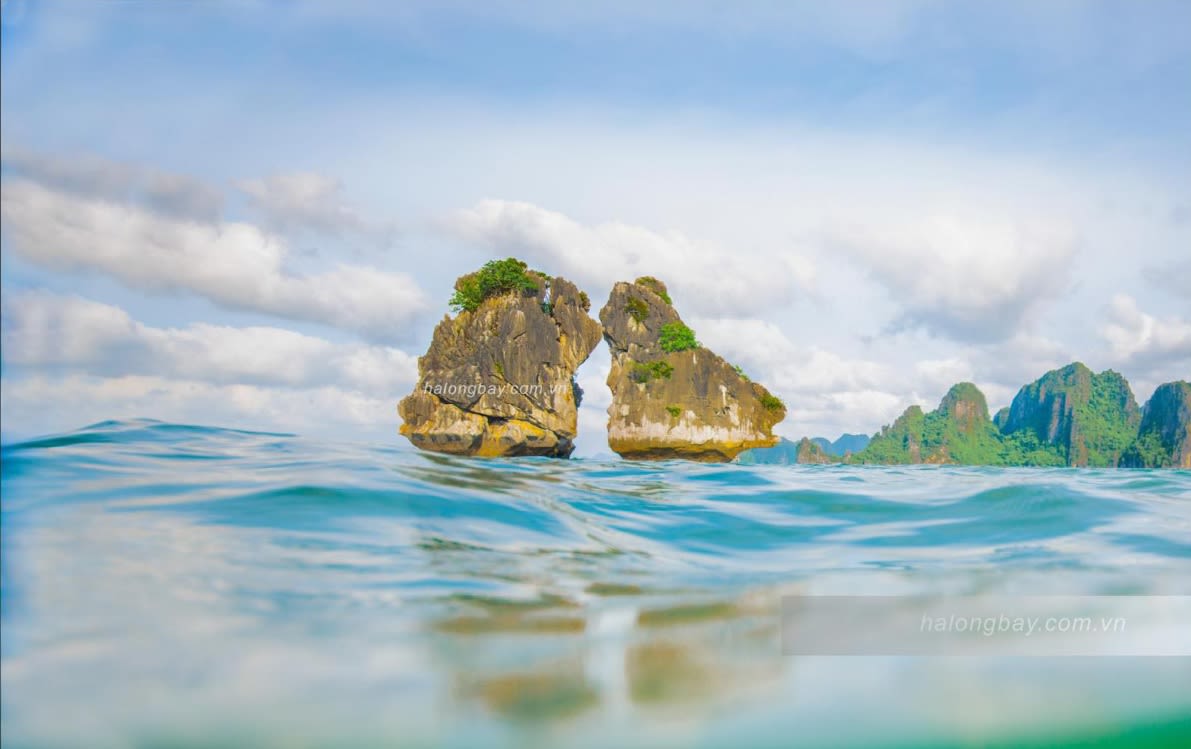
Promoting sustainable tourism in Ha Long Bay
Q: The major challenges for cultural and heritage conservation are the increase in tourists, environmental degradation, and the protection of natural landscapes. In the coming time, Quang Ninh will promote many projects to help tourists have more ways to explore the amazing nature of Ha Long Bay. To promote sustainable tourism development in the world natural heritage site of Ha Long Bay, what do you recommend Vietnam with regards to policies so that it can do better conservation?
A: To enhance sustainable tourism at Ha Long Bay, the following measures could be taken into consideration:
Develop stricter visitor management policies, including carrying capacity limits for tourists and boats.
Promote eco-friendly tourism practices, eliminating single-use plastics and promoting green energy in transportation.
Strengthen regulatory frameworks for businesses operating within the bay to ensure compliance with conservation goals.
Develop tourism experiences based on culture and creativity that reflect the site's values, fostering a deeper connection between visitors and the heritage.
Invest in heritage education campaigns to sensitise tourists and local stakeholders about the importance of protecting the outstanding universal values of the site.
Ensure effective governance structures for the overall management of the site, ensuring efficient coordination among stakeholders.
Enhance international collaboration to share best practices and support sustainable projects.
Fish farming rafts in Cua Van fishing village.
Fish farming rafts in Cua Van fishing village.
Q: Could you please give some suggestions on how to effectively preserve and promote the values of the World Heritage Site of Ha Long Bay - Cat Ba archipelago?
A: UNESCO suggests the establishment of a unified management framework for Ha Long Bay and Cat Ba Archipelago to ensure cohesive conservation efforts.
In terms of scientific research, investment should be focused on biodiversity studies to guide conservation strategies and promote the ecological value of the area on an ongoing basis.
In addition, it is essential to promote sustainable tourism through a detailed management plan integrating conservation and development, ensuring a balance between economic benefits and environmental preservation.
Strict visitor management strategies and tourism products and services that provide a rich visitor experience based on the values of the site should be developed.
It is necessary to empower local communities with training in eco-tourism, traditional crafts, and hospitality to enhance cultural preservation and economic participation.
Green tourism development through eco-friendly infrastructure and strict environmental regulations for operators are needed.
Regarding community engagement, community training programmes should be expanded to enhance local participation in sustainable tourism and conservation efforts.
In terms of awareness campaigns, educational initiatives need to be developed to highlight the bay's ecological and cultural importance, targeting both local and international audiences.
For international partnerships, efforts made to leverage collaborations with global conservation organisations for funding and technical expertise.
In addition, it is crucial to regularly update management strategies based on scientific findings and stakeholder input to address emerging challenges and secure long-term conservation.
Published: December 6, 2024
Content: THAO LE – THIEN LAM
Design: NGOC BICH
Photos: NDO, Quang Ninh Newspaper
